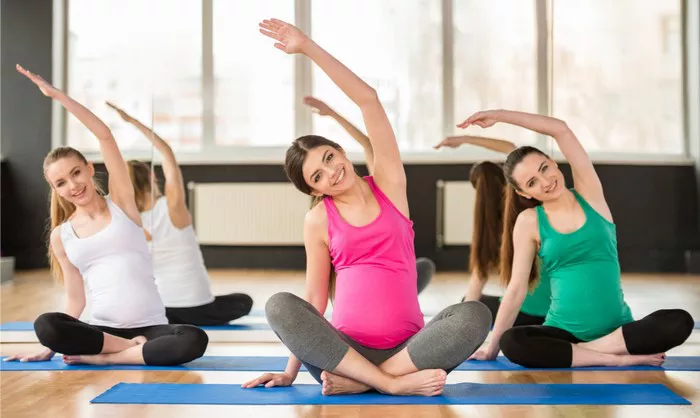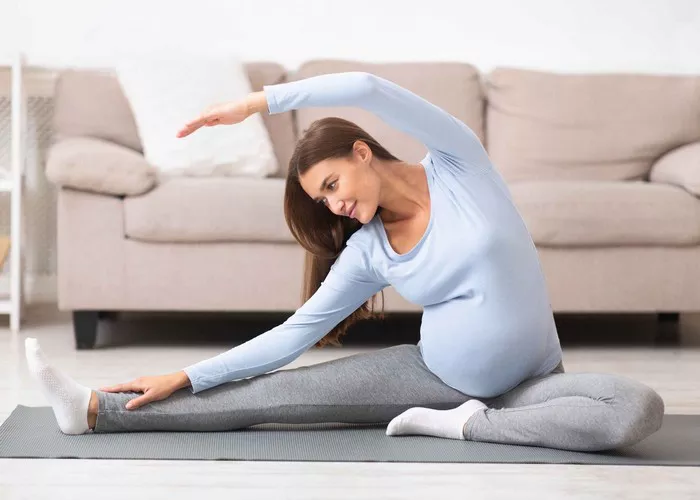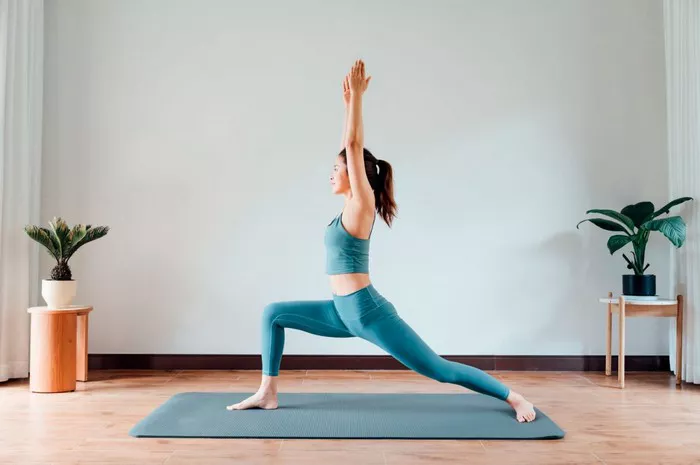Pregnancy is a beautiful journey filled with excitement and anticipation. However, it can also bring physical discomfort and emotional changes. Many expecting mothers seek ways to manage these challenges. Yoga offers a holistic approach to support women during this transformative time. Through gentle movements and breathing techniques, yoga helps women connect with their bodies and their babies. This article will explore the benefits of yoga for expecting mothers, the types of yoga practices suitable for them, and some essential tips to get started.
Yoga for expecting mothers is not just about physical exercise. It also promotes mental well-being and emotional stability. The practice helps women cultivate mindfulness and awareness. This can be especially beneficial as they navigate the ups and downs of pregnancy. Furthermore, yoga encourages relaxation, which is essential for both the mother and the baby. The benefits extend beyond the physical, providing a nurturing space for mental clarity and emotional support.
What Are the Benefits of Yoga During Pregnancy?
Physical Benefits of Yoga
Yoga is well-known for its physical benefits, and these are particularly relevant for pregnant women. The body undergoes significant changes during pregnancy. As the belly grows, it can lead to discomfort, tension, and pain in various areas, such as the lower back and hips. Yoga helps alleviate these discomforts through gentle stretching and strengthening exercises. Poses like cat-cow, child’s pose, and gentle twists can improve flexibility and relieve tension.
Additionally, yoga helps improve circulation and reduce swelling, common issues for pregnant women. The practice also strengthens the core and pelvic floor muscles. This is crucial for labor and delivery, as these muscles play a significant role during childbirth. Overall, incorporating yoga into a daily routine can enhance physical well-being during pregnancy.
Emotional and Mental Well-Being
Beyond physical benefits, yoga significantly impacts emotional and mental health. Pregnancy can bring about anxiety and mood swings. The mindfulness techniques in yoga can help expecting mothers manage these feelings. By focusing on breath and body awareness, women can cultivate a sense of calm and clarity.
Yoga also provides a supportive community for expecting mothers. Many yoga classes cater specifically to pregnant women. These classes create an environment where women can share their experiences and feelings. This sense of community can alleviate feelings of isolation and support emotional well-being. Overall, yoga serves as a valuable tool for fostering resilience and emotional stability during pregnancy.
What Types of Yoga Are Suitable for Expecting Mothers?
Prenatal Yoga
Prenatal yoga is specifically designed for pregnant women. It adapts traditional yoga poses to accommodate the changing body. This type of yoga focuses on safe movements and breathing techniques. Classes typically include poses that strengthen the pelvic floor, improve posture, and promote relaxation.
Prenatal yoga also emphasizes breathing exercises. Deep breathing helps manage stress and prepares mothers for labor. Many classes also incorporate meditation and visualization techniques. These practices can help women connect with their babies and enhance the birthing experience. Overall, prenatal yoga is a safe and effective way for expecting mothers to stay active and mindful.
Gentle Hatha Yoga
Gentle Hatha yoga is another excellent option for pregnant women. This style of yoga is slower-paced and focuses on basic poses. It is suitable for all levels, making it accessible for beginners. Gentle Hatha yoga emphasizes alignment and relaxation. The focus is on gentle movements that can relieve tension and promote flexibility.
In addition to physical benefits, Gentle Hatha yoga encourages mindfulness. Expecting mothers can learn to listen to their bodies and understand their limits. This awareness is crucial during pregnancy when the body is constantly changing. Gentle Hatha yoga offers a nurturing practice that can support both the body and mind.
How Can Expecting Mothers Get Started with Yoga?
Finding the Right Class
When starting a yoga practice during pregnancy, finding the right class is essential. Look for classes specifically labeled as “prenatal yoga” or “gentle yoga.” These classes are tailored to the unique needs of expecting mothers. Instructors trained in prenatal yoga understand the modifications required for pregnant women. They can provide safe guidance and support.
If attending in-person classes is not feasible, many online options are available. Virtual prenatal yoga classes offer flexibility and convenience. Ensure that the instructor is experienced in teaching pregnant women. This ensures that you receive safe and appropriate guidance for your practice.
Listening to Your Body
Listening to your body is one of the most important aspects of practicing yoga during pregnancy. Each woman’s experience is unique, and it’s essential to honor individual needs. Some days you may feel energetic and want to practice more challenging poses, while other days you may need gentler movements.
Always pay attention to any discomfort or pain. If something doesn’t feel right, it’s okay to skip that pose or modify it. Communicating with your instructor about any concerns can also help. They can offer alternative poses or adjustments to ensure your practice remains safe and enjoyable.
What Are Some Essential Yoga Poses for Expecting Mothers?
Cat-Cow Stretch
The Cat-Cow stretch is a gentle way to warm up the spine and relieve back tension. Start on your hands and knees in a tabletop position. Inhale as you arch your back, letting your belly drop toward the floor (Cow). Exhale as you round your back, tucking your chin to your chest (Cat). Repeat this flow for several breaths, moving slowly and mindfully. This pose can ease discomfort in the lower back and improve flexibility.
Child’s Pose
Child’s Pose is a restorative pose that promotes relaxation and stretches the hips and back. Begin on your hands and knees, then sit back on your heels and stretch your arms forward. Allow your forehead to rest on the mat. Breathe deeply, feeling the stretch in your back and hips. This pose is excellent for calming the mind and relieving tension.
Warrior II
Warrior II is a powerful pose that strengthens the legs and opens the hips. Stand with your feet wide apart. Turn your right foot out and bend your right knee, keeping your left leg straight. Extend your arms parallel to the floor and gaze over your right hand. This pose helps build strength and stability, essential during pregnancy.
Seated Forward Bend
The Seated Forward Bend is a calming pose that stretches the back and hamstrings. Sit with your legs extended in front of you. Inhale and lengthen your spine, then exhale as you reach forward, bending from your hips. It’s okay if you can’t reach your toes; focus on the gentle stretch in your back and legs. This pose encourages relaxation and mindfulness.
Bridge Pose
Bridge Pose strengthens the back and opens the chest. Lie on your back with your knees bent and feet hip-width apart. Press your feet into the floor and lift your hips toward the sky. You can clasp your hands under your back for support. This pose is great for improving circulation and relieving lower back pain.
What Safety Precautions Should Expecting Mothers Consider?
Consulting with Healthcare Providers
Before starting any new exercise routine, including yoga, it’s crucial to consult with your healthcare provider. They can provide guidance based on your individual health and pregnancy. This step is especially important if you have any pre-existing conditions or complications. Your healthcare provider can help you determine what type of exercise is safe for you.
Avoiding Certain Poses
Certain yoga poses may not be suitable for pregnant women. It’s essential to avoid poses that require lying flat on your back after the first trimester. This position can compress blood vessels and reduce circulation. Additionally, deep twists and balancing poses may need to be modified or avoided. Always listen to your body and consult your instructor if you have concerns about specific poses.
Staying Hydrated and Comfortable
Staying hydrated during yoga practice is crucial, especially during pregnancy. Drink plenty of water before and after your practice. Additionally, wear comfortable clothing that allows for movement. Using props like blocks and blankets can provide extra support and comfort during poses. Always practice in a comfortable environment where you feel safe and relaxed.
How Can Yoga Foster a Deeper Connection with Your Baby?
Mindful Breathing Techniques
Mindful breathing is a powerful tool for connecting with your baby. Throughout your yoga practice, focus on your breath. Inhale deeply, expanding your belly, and exhale slowly. Visualize sending love and energy to your baby with each breath. This practice fosters a sense of connection and calmness.
Meditation and Visualization
Incorporating meditation and visualization into your yoga practice can enhance the bond with your baby. Take a few moments during your practice to sit quietly and visualize your baby. Imagine a peaceful and loving environment. Allow yourself to feel gratitude for this journey. This practice can deepen your emotional connection and create a sense of calm.
See also: What Is True Yoga Prenatal for Expecting Mothers?
What Role Does Community Play in Prenatal Yoga?
Building Supportive Connections
Joining a prenatal yoga class creates opportunities to connect with other expecting mothers. Sharing experiences and challenges can be incredibly supportive. Many women find comfort in knowing they are not alone in their journey. Building these connections can lead to lasting friendships and a support network.
Creating a Nurturing Environment
Prenatal yoga classes often foster a nurturing and supportive environment. Instructors create a safe space for women to express themselves and share their feelings. This atmosphere encourages openness and vulnerability. Feeling supported can enhance emotional well-being and reduce anxiety during pregnancy.
Conclusion
Yoga offers expecting mothers a path to physical, emotional, and mental well-being. The practice promotes relaxation, strengthens the body, and fosters a deep connection with the baby. By incorporating yoga into their routine, pregnant women can embrace their journey with confidence and grace. Whether through prenatal classes, gentle hatha yoga, or mindful breathing, the benefits of yoga are profound. As you embark on this beautiful journey, remember to listen to your body and enjoy the process.
Related topics:






















